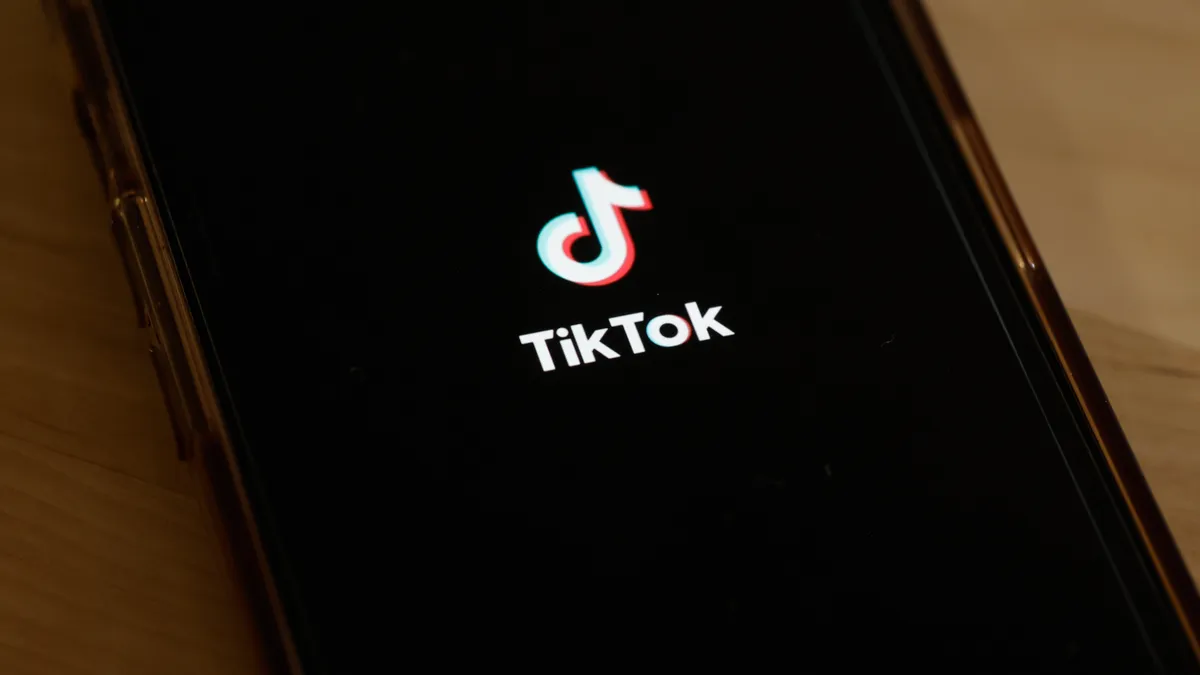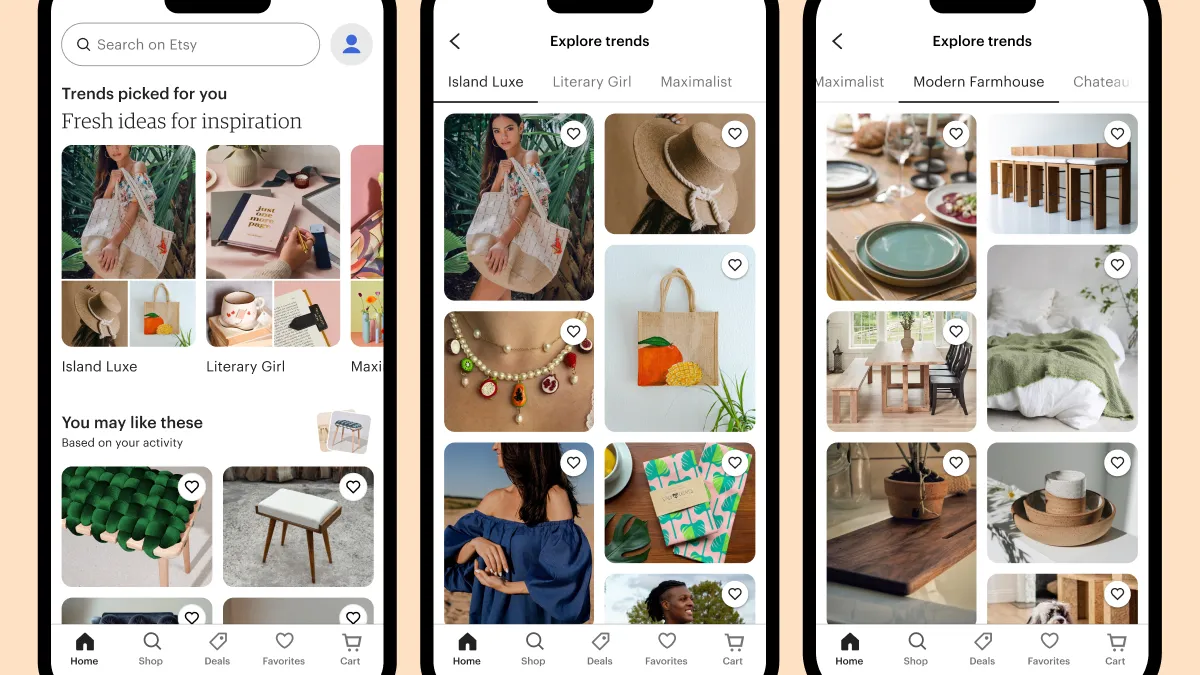As marketers prep for an uncertain holiday season, Walmart is adding an innovation partner program to its Connect advertising network that opens access to popular third-party platforms like TikTok, Snapchat and Roku. The initiative focuses on two channels — social media and livestreaming — and seeks to help brands reach Gen Z consumers who are often painted as averse to traditional outreach strategies.
For Walmart, the move represents a more ambitious effort to link commerce to areas like social and video, an idea that’s long held industry appeal but proved to be a tough nut to crack in the U.S. Figuring out the formula would give the world’s largest retailer a competitive advantage in a tight race for media dollars where it’s contending not only against legacy brick-and-mortar rivals, but also digital heavyweights like Amazon.
“Everyone's trying to figure out: How do we make livestreaming shoppable? How do we make social engagements shoppable?” said Jeff Clark, vice president of product and product marketing and analytics at Walmart Connect. “That's a big focus area for us.”
Expanding the roster
The Innovation Partners announced Sept. 20 include TikTok and Snapchat — both Gen Z staples — and streaming collaborations with Firework, TalkShopLive and Roku. They add another layer to Connect’s budding partner program, which earlier this summer struck deals with a slate of ad-tech vendors mostly centered on e-commerce. Connect last week also broadened the availability of search advertising formats for marketers locking in their fourth-quarter plans.
Each of the Innovation Partners is meant to encourage what Walmart calls “a multilateral culture of experimentation.” The retailer ultimately wants to be able to create a more direct pipeline into desirable platforms without sacrificing its relationship with suppliers that have helped turn ad sales into a growth driver. Walmart’s global advertising business surpassed $2 billion in revenue last year.
The latest initiative was partially inspired by a desire expressed among brands to better connect with Gen Zers who wield increasing purchasing power. Walmart in the announcement cited Accenture research that forecasts 17% of all e-commerce sales will derive from social by 2025, a trend buoyed by younger shoppers.
“It's driven in part by our need and want to understand this demographic better, and it's coming from our suppliers and advertisers who are doing the same thing,” said Clark, who held video-oriented roles at CBS Interactive and Google prior to helping get Connect off the ground.
The moment also doubles as an opportunity for Walmart to flex the first-party data muscles that have turned Connect into a formidable digital media player in just a few years’ time. Walmart’s ambition is to eventually expand the network into a top-10 advertising platform.
With Snapchat, Walmart is promoting the ability to measure omnichannel sales lift using geo-based technologies in conjunction with ad formats like Snap Ads, Collection Ads and Snap AR. Those formats will be available to purchase for the first time through the Connect network as part of the deal. Brands interested in TikTok can similarly buy in-feed ads for formats like sound-on, full-screen video through a first-to-market partnership, while leveraging Connect's targeting and measurement tools.
“We're not just sending our data over to TikTok or Snap,” said Clark. “We'll own the relationship with the advertiser, we'll craft these campaigns, we'll run these campaigns, we'll measure the impact of these campaigns.”
On the livestreaming front, Firework is helping brands produce premium, mobile-first shopping events that are supplier-funded and air on a special section of Walmart.com. Procter & Gamble, Johnson & Johnson, L’Oreal and Unilever are some of the early test partners.
Walmart has an existing relationship with TalkShopLive, having aired hundreds of livestreams at the enterprise level, and is making the company’s embedded video player an option for Connect customers. Meanwhile, Roku is joining the program following a partnership announced in June that makes buying products directly from streaming TV ads easier, with orders fulfilled by Walmart.
“We do not have this figured out yet, but we will,” said Clark. “We have the scale, the data, the reach, and then these companies have the technology and the know-how to determine how best to bring livestreaming to bear. “
Culture of experimentation
While web-based e-commerce and search advertising are mainstay tactics for many marketers, social commerce and QVC-style online successes have been harder to come by. That’s not for lack of trying, and Walmart was one of the first brands to try out TikTok’s shoppable livestreams around their launch during the holidays two years ago.
The idea of integrating shopping into streams and app feeds is welcomed in other markets, like China, and appeared primed for greater mainstream traction in the U.S. thanks to the pandemic. But the COVID commerce surge has fizzled amid a rebound for brick-and-mortar retail, while shifts in the digital landscape have led some platforms to peel back their shopping investments.
Others aren’t tapping out, but rather adjusting course, with the holidays a key testing ground. TikTok — one of the more likely candidates to win Gen Z’s favor — streamlined its social commerce products into a Shopping Ads solution earlier in September that carries three new ad formats. Snap, which just went through a steep round of cuts, is prioritizing core business pillars like augmented reality, and could welcome the ability to work more closely with Walmart suppliers to boost revenue in a down market.
“I would say it's as much TikTok and Snap trying to figure out commerce,” said Clark of the new program. “The commerce side of things, it's all changing. As we come together, we're trying to figure this out through partnership.”






















